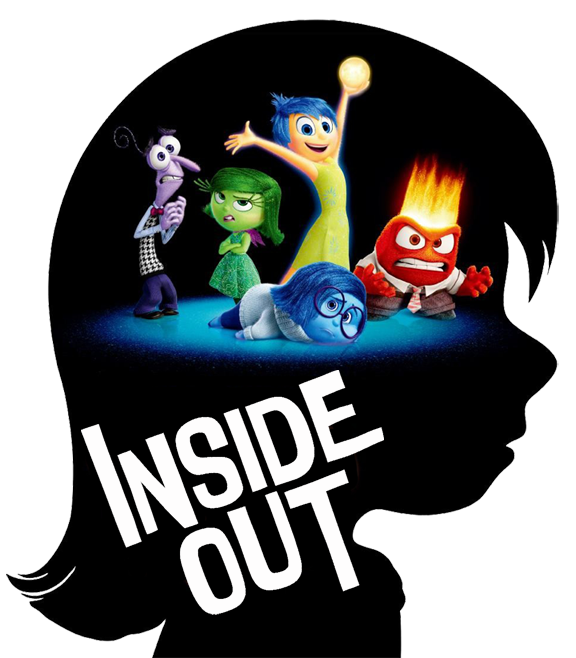
Inside Out, a Pixar animated masterpiece, not only stands out as one of the best children’s movies of the decade but also imparts a profound lesson on emotional intelligence, emphasizing the importance of understanding and embracing all emotions for a healthy and functional life
Among the finest children’s films in the last decade, Inside Out not only captivates audiences with endless adventure and comedy, it also imparts a compelling lesson on emotional intelligence that is applicable to everyone, no matter how old you are.
For those that don’t already know, “Inside Out” is the newest movie by animation superstars Pixar. It follows the life of an 11 year old girl named Riley and the various emotions that live inside her mind.
Each emotion in the movie is wonderfully depicted as its own personality. There’s Joy (voiced by Amy Poehler), Sadness (Phyllis Smith), Fear (Bill Hadar), Anger (Lewis Black), and Disgust (Mindy Kaling).
The main premise is that all of these emotions need to work together to help Riley make important decisions and navigate her everyday life.
After an unexpected move to a new town, Riley struggles with managing her negative emotions and trying to find happiness in her life. She misses her old home, old friends, and her family who are struggling with their own problems as well.
Up until this point in her life, Riley’s “core memories” were all positive, but for the first time she is struggling with negative “core memories,” including an embarrassing moment her first day of school when she bursts into tears in front of the whole class.
In a super funny and insightful way, the movie shows how all of our emotions serve a function in our everyday lives, both the positive ones and the negative ones.
This is an important lesson for children especially, who aren’t often taught how to introspect on their feelings and manage them in a constructive way throughout their daily lives. I think when children watch this movie, it will help them gain a deeper understanding of their own mental world and how all of their emotions play an important role in living a healthy life.
By showing that each emotion has its own personality and drive, we learn that our minds can be a complicated thing. Often different emotions pull us in different ways simultaneously. And we never know what emotion might prevail in any given situation.
I’ve written before about thinking of our mind as a “committee of competing selves” similar to the committee of emotions presented in Inside Out. Check out my version of a conversation between your positive self and negative self which echoes how a lot of internal dialogue plays out in the movie.
What’s even more interesting is when the movie turns away from the protagonist and gives us glimpses into other people’s minds.
One of my favorite scenes is when the whole family is at the dinner table. The mother senses that something is wrong with Riley, and you see how her emotions try to read the situation and respond to it properly. Meanwhile, the dad is zoned out thinking about a sports game, and you get a sneak peak into his own emotions during the interaction.
The movie shows how each person has the emotions of “Joy, “Fear,” “Sadness,” “Disgust,” and “Anger” living in their brains. And when we get glimpses into other people’s minds, it shows how different people handle these emotions in different ways.
When looking into the parent’s minds, we also discover how the way they handle their emotions is more advanced and systematic. Meanwhile, Riley’s mind is still young and trying to figure out how all of these emotions operate together coherently.
By the end of the film, Riley learns that all emotions play an important role in creating who we are, and even negative emotions like “Sadness” are crucial to being a fully functional and healthy human being.
Overall, Inside Out presents an interesting look inside our minds and provides some valuable lessons for children and adults alike: we all experience negative emotions, and each emotion serves an important function in our lives.
Besides being a beautifully animated and highly entertaining movie, it also gives parents a great opportunity to talk to their children more about their thoughts, feelings, and mental health. For that reason alone, I highly recommend this one to parents and kids alike.
Enter your email to stay updated on new articles in self improvement:
